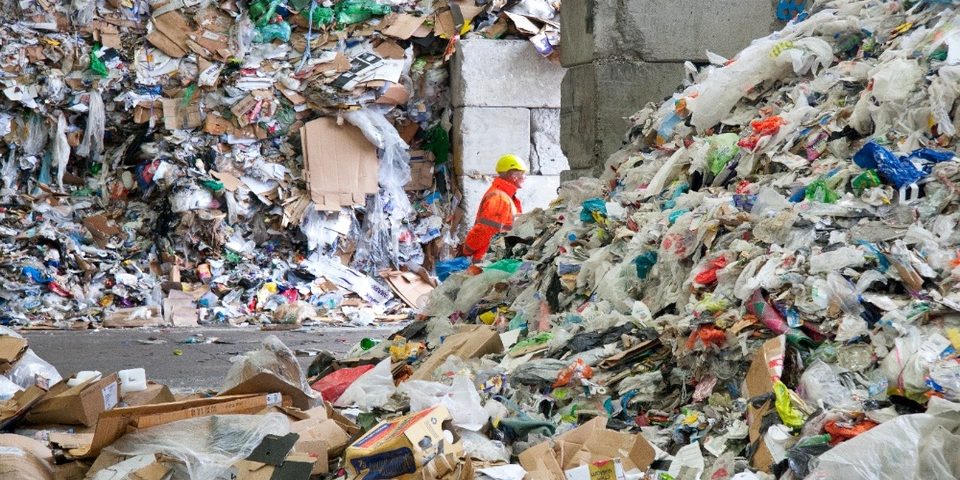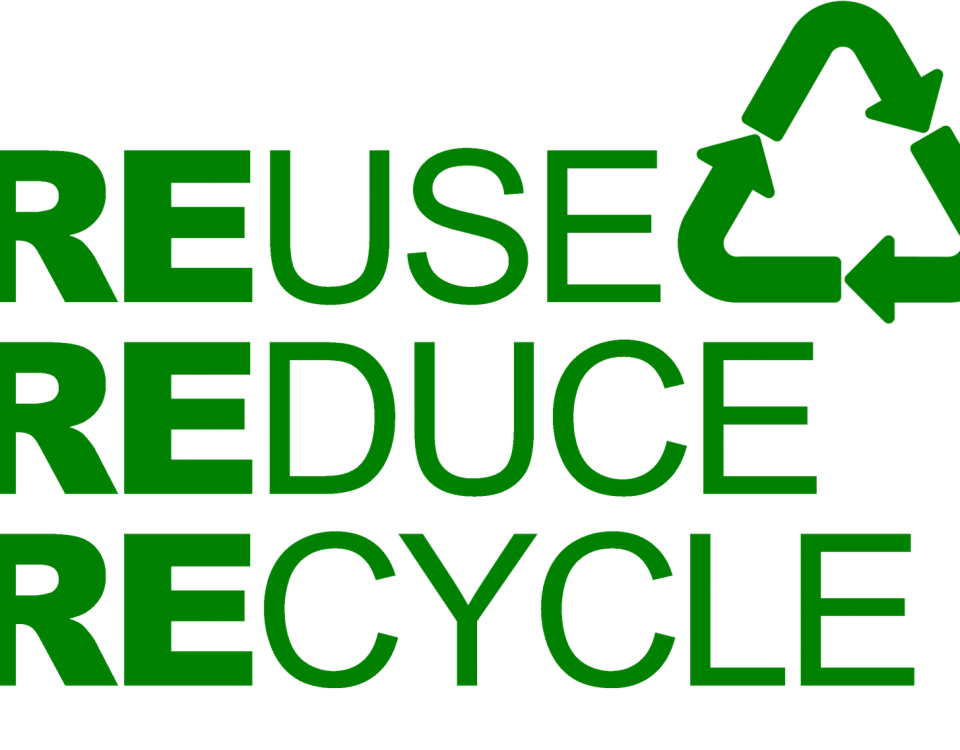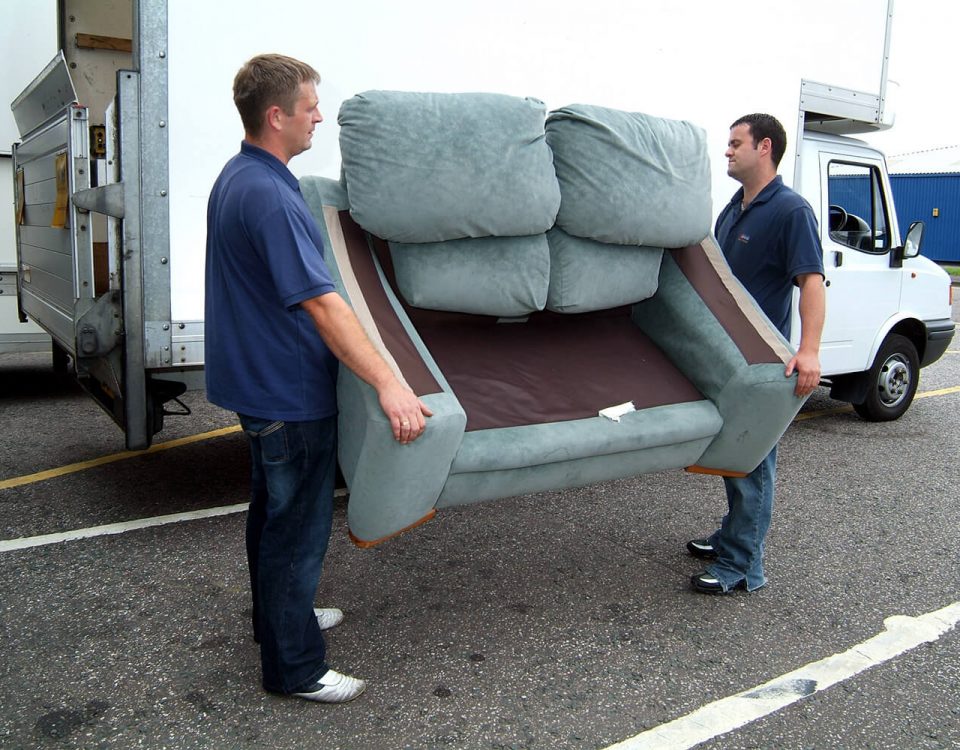Commercial Waste Management
Commercial waste makes up a major chunk of waste generated in the UK. In fact, the variety of commercial waste is much more than rubbish generated in households. All the garbage generated in offices, shops, hotels, restaurants, malls and factories make up the vast amount of all garbage. There are biodegradable, non-biodegradable, recyclable, non-recyclable, toxic as well as hazardous material among all the junk generated throughout the country. The variety and toxicity of commercial waste make it difficult to manage business waste.
Varying garbage stream
Incineration is one of the best ways to get rid of harmful and toxic materials, and many commercial establishments send their junk for incineration. However, the wide variety of business rubbish and changing stream of garbage poses difficulties in incinerating. Owing to this and the requirement of maintaining very high-temperature incinerators are not always able to maintain a specific rate of combustion. This poses a problem in complying with rubbish disposal regulations. Besides, incineration itself is not a complete solution regarding management of garbage. Incinerators generate a lot of toxic smoke that is emitted into the air and pollutes the air we breathe in. Moreover, the toxic ash resulting from burning materials has no other way but to end in landfills which pollute land and underground water resources.
High cost of disposal
Business establishments, especially industrial units generate a lot of toxic and harmful liquid and solid rubbish. Rubbish management regulations state that electrical and electronic junk such as computers, monitors, scanners, printers, refrigerators, television and other electronic and electrical junk should be recycled as far as possible. However, the regulations propose to put the onus of environmental degradation on the producer of consumer items. It states that producers should bear the cost of garbage management since they are responsible for the environmental cost of the products they are manufacturing. So if you are to go by the regulations enshrined in the junk management policies of the government then they have to bear lion’s share of the cost of disposal which will effectively increase product prices.
Fast filling up landfills and land filling charges
If you are thinking of throwing away your junk into the landfills you will have to face a number of problems. The first and most obvious problem is first filling landfills and non-availability of new landfills. So you get effectively less space for dumping the junk. Moreover, the charge for throwing garbage at landfills has been increasing steadily since the government has decided to discourage landfilling and resort to recycling and reusing procedures. Household waste is granted subsidised landfills by municipalities, but commercial entities have to pay much higher charges to dump their rubbish into the landfills. Moreover, in absence of landfills, you may have to send the junk to temporary trash centres where the garbage is further sorted to recover the recyclable material.
Financial guarantee
WEEE directives state that producers have to commit to a financial guarantee in the form of recycling insurance, an annual bank guarantee or a blocked bank account. This again makes their products costly as all these costs of bank guarantees and recycling insurance will get automatically added to product prices.
About the Author

Josh Clarke is associated with Clear it Waste from the last six years. Clear it Waste is an organisation that is involved in Junk Collection London. They takes care of all Rubbish collection needs within the London area for people who need their homes and commercial establishments clean and green.








